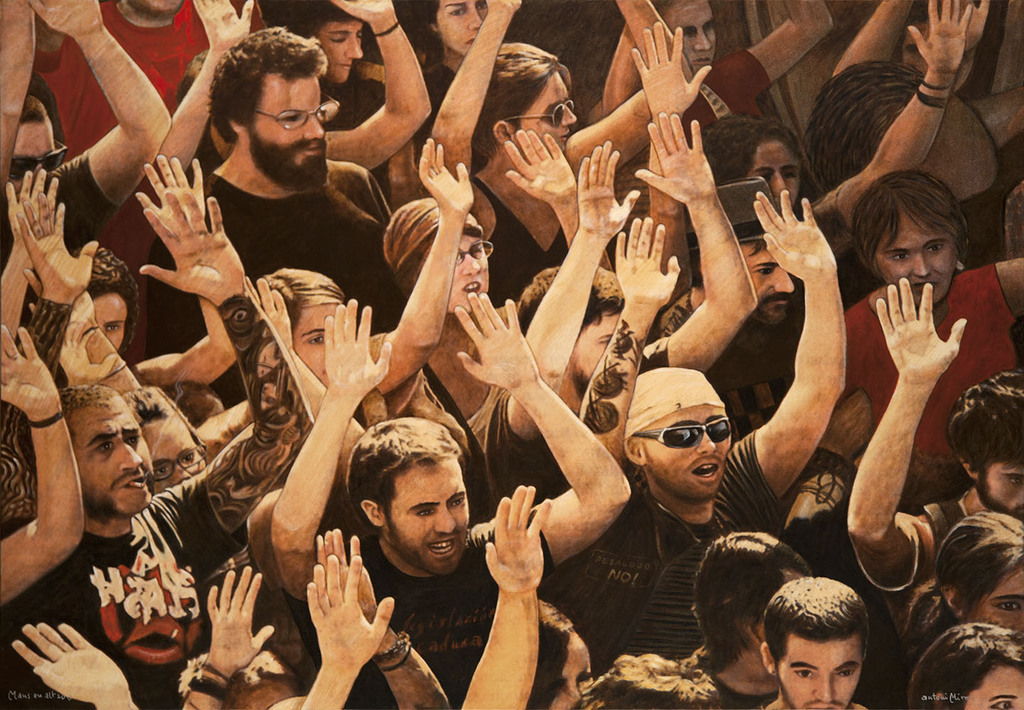From scepticism to action
Like Montaigne, Antoni Miró overcomes the state of scepticism that reality suggests, to dedicate all his creative power to action. In both cases, the "man" stands at the center of existence (discursive universe), attending to a component of clear Renaissance sign. Man will be regulated both by its nature and by the "universal reason" the "straight stoic ratio", and knowledge will reach its just terms, but it will never be above the moral. Even the detachment of all conditioning, and the no fear of death, will mean for man a full liberation from worldly attachments. Suggests B. Groethuysen in his Philosophische Anthropologie, Paris, Gallimard, 1953 (revision of the German edition of 1931): "Qui a appris à mourir, il a desappris à ser ... le savoir mourir nous affranchit de toute subjection et contrainte. "(In Johannes Hirschberger, History of Philosophy, VI, page 510)
When approaching to the so special work, of Antoni Miró, and doing it as Robert Filliou insinuates us to do in each and every one of the pieces of the "fluxus" artists, with the clean look of the children, and freed from any a glimmer of unsettling suspicion, the painter alerts us to all that an action painting means, plenty of so many shreds as life itself, caustic and unruly, and how it is incorporated into the skin of men. Painting, now, as a wake-up call after the curfew that warns the unsubmissive men who walk the streets, every day.
Josep Sou
